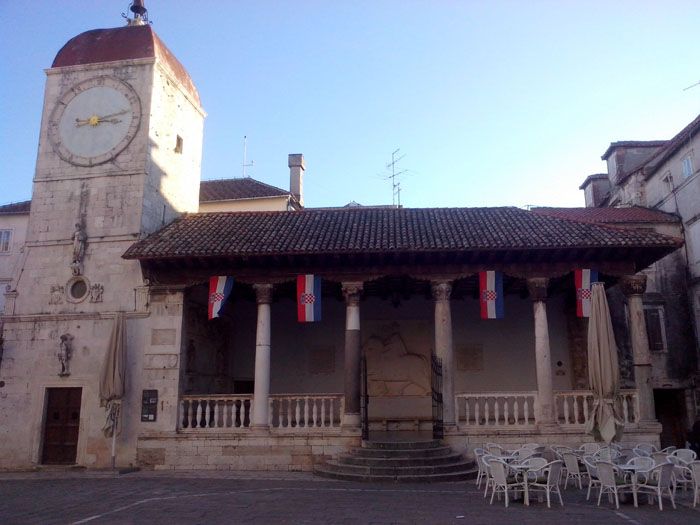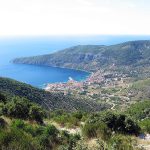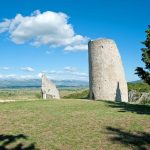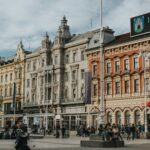A UNESCO World Heritage Site on the doorsteps of Split Airport, meet Trogir, a delightful historic town: eat, sleep, sights, tours and day trips.
- Welcome to Trogir!
- Did you know about Trogir?
- Getting to Trogir and around
- 5 things not to miss
- Where to stay
- Where to eat
- Top 5 day trips
- Trogir and beaches
- More information
Welcome to Trogir!
As millions of passengers fly into Split Airport each year, the majority turn left out of the airport and head for Split. But for those who take the short 5-minute journey in the opposite direction to Trogir, a delightful historic old town and UNESCO World Heritage Site.
There is so much history and heritage to explore in its compact old town, before relaxing for a drink on its spectular riva. Ciovo is just a bridge away, as are numerous other fascinating destinations to explore.
Did you know about Trogir?
A goat town?
The origin of the name Trogir dates back to the 2nd century BC. All the variations of the names are related to different legends of the founding of the city. There is one saying the antique name Tragurion is the name for an older Illyrian village meaning three stones in Albanian. This comes from a local story that Trogir owes its original foundation to 3 stones.
Another name explanation comes from the Greek words Tragos meaning goat and Oros meaning hill. The literal meaning was the goat hill which relates to the nearby Kozjak mountain but another explanation is that Trogir was mostly a goat-herding area.
During the 1st century BC Trogir had its Roman name Tragurium and with the arrival of Slavic nations in the 7th century, it changed to Trogir.
The first pharmacy in Europe
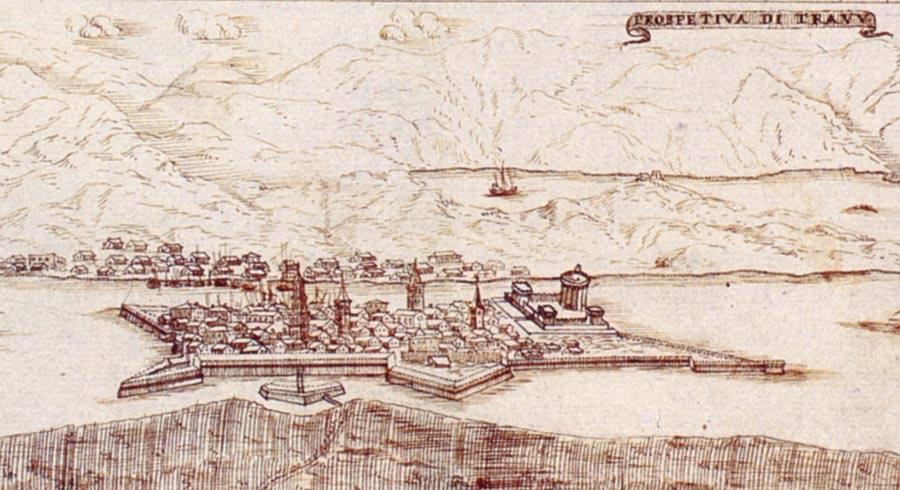
Trogir, thanks to its long-lasting urban heritage, is also the town which had the first pharmacy in Europe. The pharmacy opened on 29th October 1271 close to the main city square. The proof of this – the original owner’s document – is now in the Trogir city museum.
The first pharmacists were from Italy and in 16th century the pharmacy was owned by Mr Seymour, the younger brother of Jane Seymour (one of the wives of Henry the VIII.). The pharmacy is not open anymore on the original location but the Trogir pharmacy has continued to keep its legacy.
Kairos – the Greek god of the happy moment
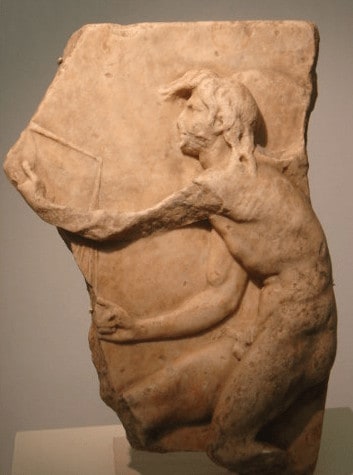
Kairos is the god of the happy moment and one of the main sights in Trogir. The Kairos relief dates back to the 3rd century BC and was found in Trogir in an abandoned house. Since its discovery, it has been kept in the Benedictine monastery next to the church of St Nikola. It is the oldest piece of the Kairos collection which you can in the museum.
The legend says Kairos is faster than the wind and is hard to catch him by the tuft on his head. If you succeed to do so, you will grab your lucky moment and will have happiness throughout life. If you fail to catch him, he will continue to flow along the stream of happiness and you will miss your lucky moment. This presents the allegory of the happy moment or being in the right place at the right time – if you miss an opportunity or a lucky moment, it is unlikely you will have the same chance again and happiness might slip through your hands.
Trogir as a film set
Trogir was and still is used as a film set for different movies and shows. One of the most notable is a Croatian film called “Kaja ubit ću te” – this famous art film is based on the life of a Trogir man. It was completely filmed in Trogir and it is a story about the peaceful locals’ life interrupted by war. It is one of the valuable works of Croatian filmography.
More internationally recognisable is definitely Stealing Heaven (1988.) when the streets of Trogir were ideal set for medieval 12th century streets of Paris.
Additionally, famous Orson Welles filmed in “The Merchant of Venice” in Trogir in 1969 which was first aired recently at the Venice Film Festival in 2015. An Oscar nominated Italian film La strada lunga un anno also used streets of Trogir as a perfect film set.
These are just some of the film titles filmed in Trogir as the town was set for shows like Winnetou, Doctor Who, Jonathan Strange & Mr. Norrell. More recently Trogir was a filming set for HBO shows – Game of Thrones and the lesser known DIG, when Trogir was a set for Jerusalem.
A good overview of the close connection of filmmaking and Trogir can be found in the Museum of Trogir series of booklets – Kamera Atrakcija.
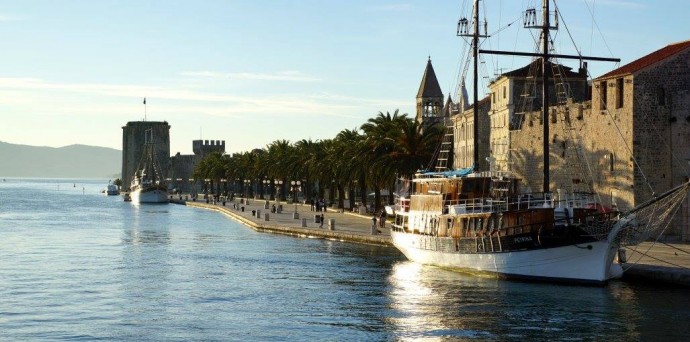
Getting to Trogir and around
If you are flying to Croatia, getting to Trogir could not be easier. The opening of the new terminal at Split Airport in 2019 expanded capacity to the already 3 million passengers using the airport on Trogir’s doorstep.
The airport is just five minutes away from Trogir by car/taxi/Uber, and many tourists decide to spend the last night of their holiday in Trogir, to avoid traffic or possible catamaran cancellations if they are coming from an island. It is the perfect way to end an unforgettable Dalmatian holiday.
If you want to save on the taxi, walk out of the airport to the main road and go to the bus stop on the airport side of the road. The legendary Number 37 bus will take you to Trogir – and all the way to Split in the opposite direction.

If you are driving to Trogir from the north on the A1 motorway, the Prgomet turn before Split will take you through the hills and a spectacular descent into Trogir. If you are driving from the south, exit at Dugopolje and descend to Split before following signs for the airport. That dual carriageway road will take you all the way into Trogir.
Many tourists arrive by boat, of course, either by sailing into the town’s marina, or via the wonderfully named Bura Line ferry service. This runs from Trogir to Split via Slatina on Ciovo from May to November. The journey to Split takes an hour and is a good alternative to the bus. The timetable is here.
Looking for a fast, reliable and trouble-free transfer to or from Trogir? Contact TC transfer partner Adriatic Transfers for your one-stop solution.
5 things not to miss
Trogir has been a UNESCO World Heritage Site since 1979. It is known locally as the Little Venice of Dalmatia and The Stone Beauty (see the video above). The islet where Trogir is located lies in a narrow sea passage between the mainland and Ciovo island. The islet itself is just 500 m long and 250 m wide. The highest point is the tower of Saint Lawrence Cathedral at 47m. Here are 5 things not to miss.
Radovan portal

The portal of Radovan is the most valuable monument in Trogir from Romanesque times and is one of the most important monuments of this art period. The portal was finished in 1240 and is 50% work of Radovan and 50% work of his students. It represents different scenes from actual life, different seasons of the year and scenes from the Bible. Two lions on each side represent symbols of power and strength. Each side of the portal has different Bible motifs but also events from this era. These include images of the Saracens who attacked Trogir in the 12th century. Its complexity and art value have made it one of the most recognisable sights in Dalmatia.
St. Lawrence cathedral
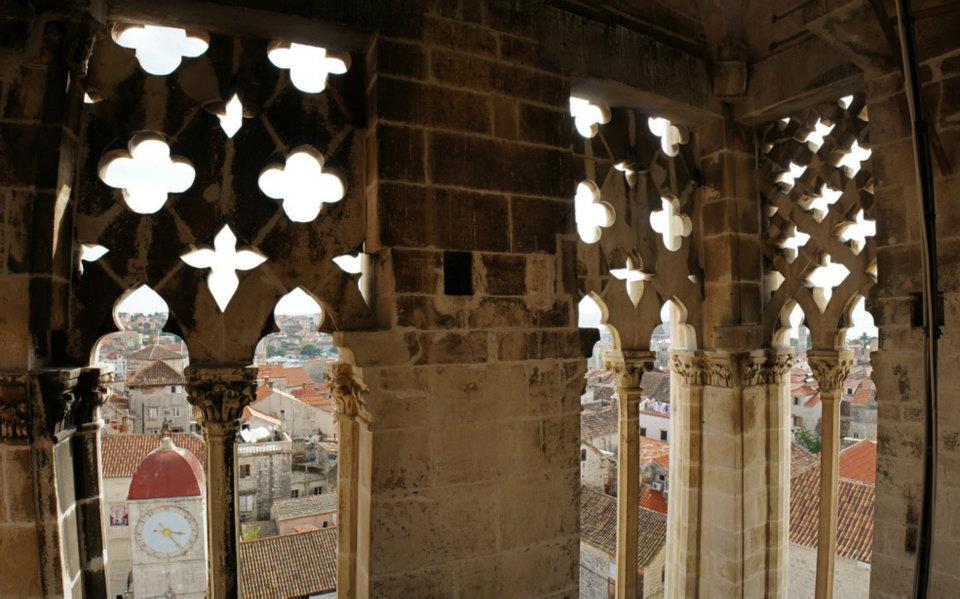
One of the most visited sites in Trogir is St Lawrence cathedral. It took more than 4 centuries to build. You can observe the changes through the periods best on the cathedral tower from where you can enjoy a view on the central city square. The cathedral is the work of different artists and its base was probably the older basilica before the Saracen rampage.
The official construction started in 1213. and is a Romanesque gothic basilica. Apart from the Radovan portal which is an exquisite work of art, other valuable works are the chapel and baptistry of St. John, another Trogir patron saint. The legend says St. Lawrence during his martyrdom said to his torturers “I’m well done, turn me over” and because of this he is the patron saint of chefs and comedians.
Forts of Trogir – Kamerlengo and St. Marko
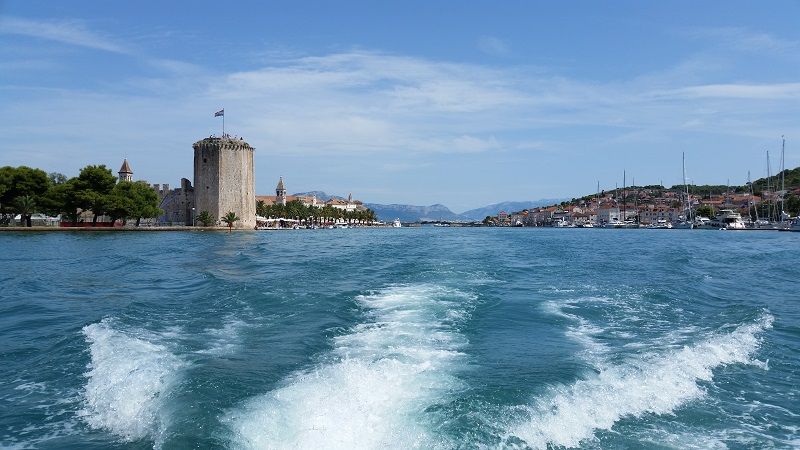
Kamerlengo fortress got its name from the then city treasurer and got its recognisable image during the Venetian rule. The walls are located in the south-western part and it was built from 1420 to 1437. Its main purpose was to accommodate the Venetian army fleet. Nowadays it is a unique location for different events and concerts. One of the coolest festivals lately, Moondance festival, is also taking place in this historical fortress.
Not a concert destination as Kamerlengo, but a home to Dalmatian music, St. Marko fort was historically important for the defence of Trogir and represents great Venetian heritage.
Ciovo
After soaking yourself in the heritage and history of Trogir, it is time to visit the island of Ciovo, a wonderful extension of the old town of Trogir. Known historically as an island for plague victims and refugees, it became more intensively inhabited after the Turkish invasions of the 15th and 16th century.
Noble Trogir families never built their summer houses there but the lands of Ciovo were used for agriculture. Nowadays it is known for much nicer reasons – as one of the family vacation summer destinations with great beaches and lovely coastal villages.
Ciovo is the biggest island in the Trogir archipelago with tourist hotspots like Okrug Gornji, Slatine and Arbanija. All these villages are lovely destinations for a vacation and they get extremely busy during summer. Apart from its beaches, Ciovo is well known for its 20 kilometres long themed walking and bike paths.
Cipiko palace

Opposite Trogir cathedral, Palace Cipiko is actually several buildings connected into one. The oldest parts date to the early medieval age with some parts even further. The biggest makeover for the palace was in the 15th century when humanist and writer Koriolan Cipiko hired the biggest artists of the time. Names such as Nicola the Fiorentin, Andrija Alesi and Ivan Dunkovic began to work on it. The palace has gothic ornaments and a monumental courtyard.
The Small Palace Cipiko is opposite the city loggia. Similar to the larger Cipiko palace, it has its recognisable image from the 15th century and has strong Renaissance characteristics.
Where to stay in Trogir
As stated above, Trogir is an excellent choice for nervous travellers, who want to ensure they get to the airport on time. Just 5 minutes from Split airport, spending the last night of the holiday there means a stress-free airport transfer in the morning.
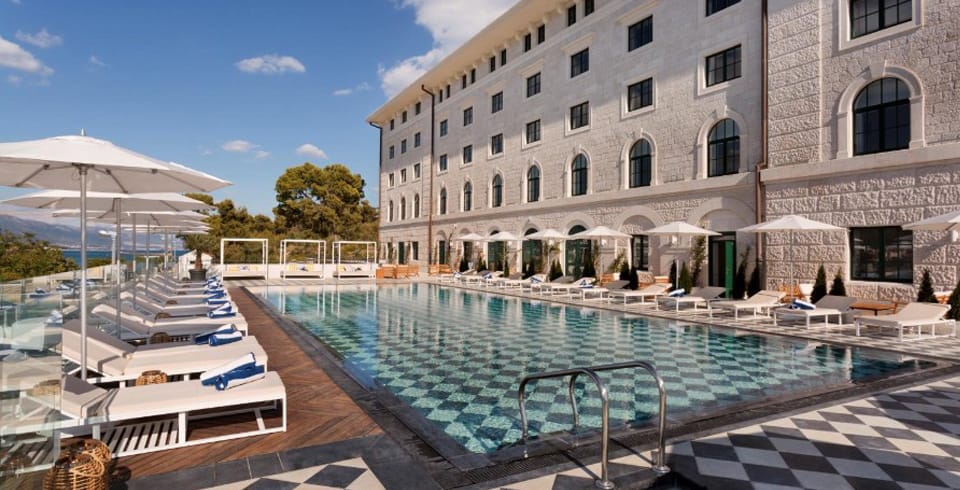
And the quality of accommodation is improving rapidly. If you are looking to really spoil yourself, luxury Hotel Brown Beach House and Spa is outstanding. Heritage lovers will struggle to beat the XII Century Heritage Hotel in the old town itself. To check out the full range of accommodation options, click here.
Where to eat in Trogir
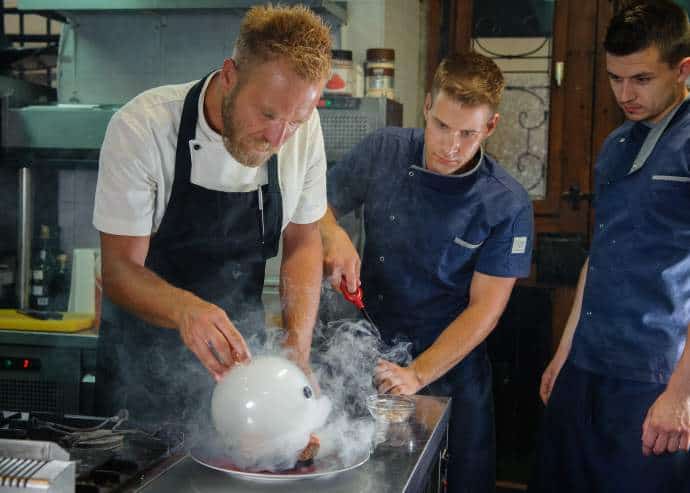
The dining scene in Trogir is also rapidly improving. I had one of the best and most relaxed fine dining experiences in Croatia in Trogir, at the fabulous Don Dino in the old town (you can read about it here). Don’t miss the ice cream across the street – superb!
To check out what’s hot and what’s not at the moment, click here.
Top 5 day trips
Apart from being very handy for the airport, Trogir is a great place to base yourself for a holiday to explore the wider area. Here are 5 of the best day trips from Trogir:
Split
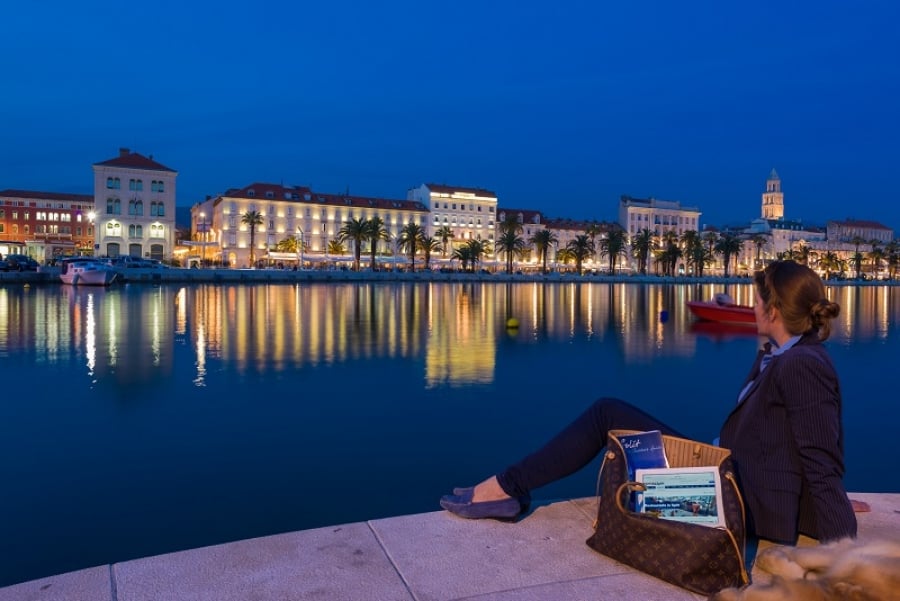
You’re right on the doorstep of the Dalmatian capital, and it would be a shame not to visit. If traffic is friendly, you can drive there in 30 mins, but budget for an hour in the season. For a less stressful journey, take the 37 bus, or even better the Bura Line ferry which takes an hour.
Diocletian’s Palace is another UNESCO World Heritage Site not to be missed, but this is also the city of sculptor Ivan Mestovic and much, much more. Check out our Split in a Page guide.
Krka National Park
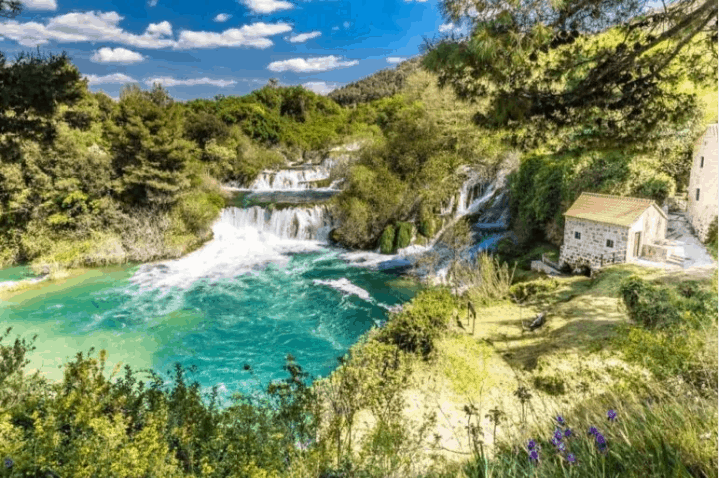
More than 10% of Croatia comprises national and nature parks, a wonderful statistic. And the parks are truly breathtaking. While Plitvice Lakes (yet another UNESCO World Heritage Site) is the most famous, Krka National Park is more accessible from Trogir. It is also, at least in my opinion, a much better day out. You can reach it in under an hour heading north on the motorway. Learn more in Krka National Park in a Page.
Sibenik
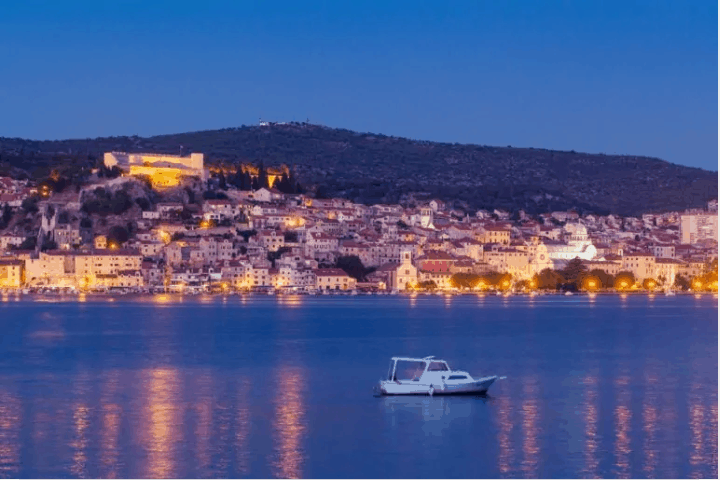
If UNESCO World Heritage Sites are becoming a theme of your stay, do not miss out on Sibenik. Apart from being the most underrated destination on the Dalmatian coast, it is also home to no less than two World Heritage Sites.
Sibenik is a temple of stone, with some incredible fortresses. Even more incredible is what the local authorities are doing with the fortresses. Bryan Ferry concerts, for example. Learn more about this amazing city in Sibenik in a Page.
Hvar

While Ciovo is an island and very close to Trogir, there is nothing like putting a few waves between you and the mainland for the complete island experience.
Dalmatia has some incredible islands, which are slowly becoming more accessible with increased boat connections. Croatia’s premier island, Hvar, for example, will have 16 catamarans going to Hvar Town in peak season, making it the ideal day trip.
It is also one of the most beautiful towns you will ever see. Added to the nearby Pakleni Islands, it is almost perfect. Find out what awaits you in Hvar in a Page.
Inland Dalmatia
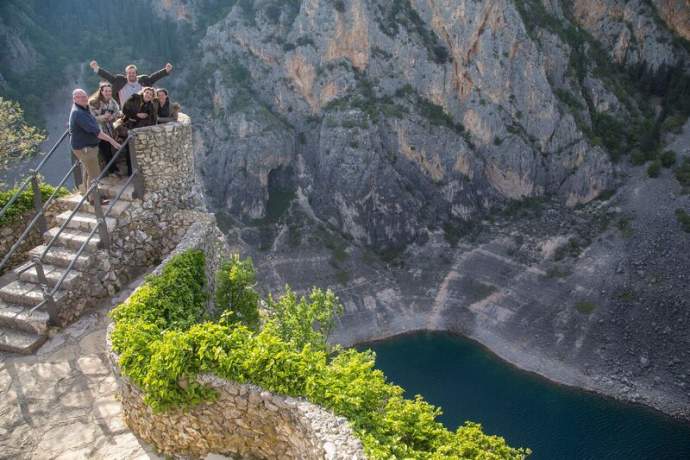
From the Alka knights tradition in Sinj, to the 600-year-old working mills of Grab, the Roman barracks near Trilj and the fascinating Red and Blue Lakes of Imotski, and the mighty Cetina River and calm of Lake Peruca, before ending with a little archery at Klis Fortress (of Game of Thrones fame), Inland Dalmatia is a great family day out, full of education and surprises. I went on a teambuilding day there some time ago. It was a great success.
Beaches and Trogir
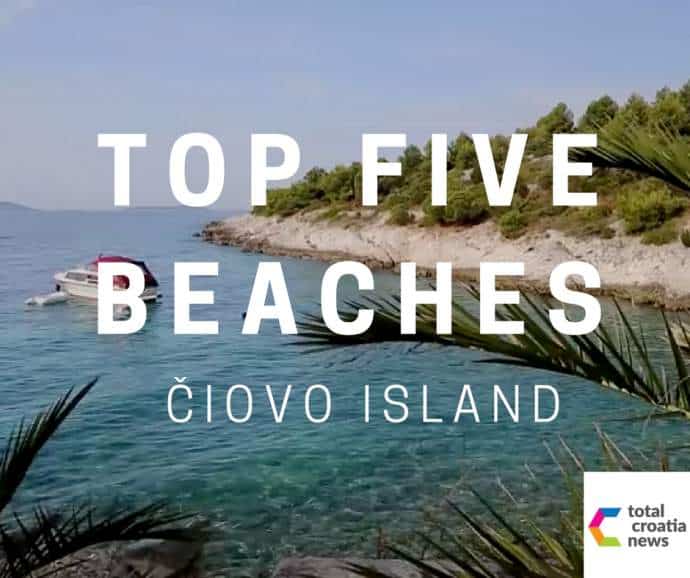
If you are looking for a great beach right by the old town, you will be disappointed. That is not to say that Trogir is not a great beach destination, it is and there is plenty of choice. But you have to work just that little bit harder to find your perfect spot.
Most of the best beaches are on Ciovo, but if you want to avoid a little island hopping, your best best in Pantan, a sandy, gravel beach about 1.5 km east of the old town. To reach it, take the 37 bus to Split, getting off after the second stop. Then walk for 200m and turn right where you see the sign.
But your best bet is to head to Ciovo. Here are our top 5 beaches on Ciovo.
More information
Tourist Board of Trogir
Trg Ivana Pavla II/1, 21220 Trogir
+385-21-885-628 info@visittrogir.hr
Trogir tourist board website
To follow the latest news from Trogir, check out the dedicated TCN page.
With grateful thanks to Filipa Marusic from Sol Travel Croatia for her considerable input.

